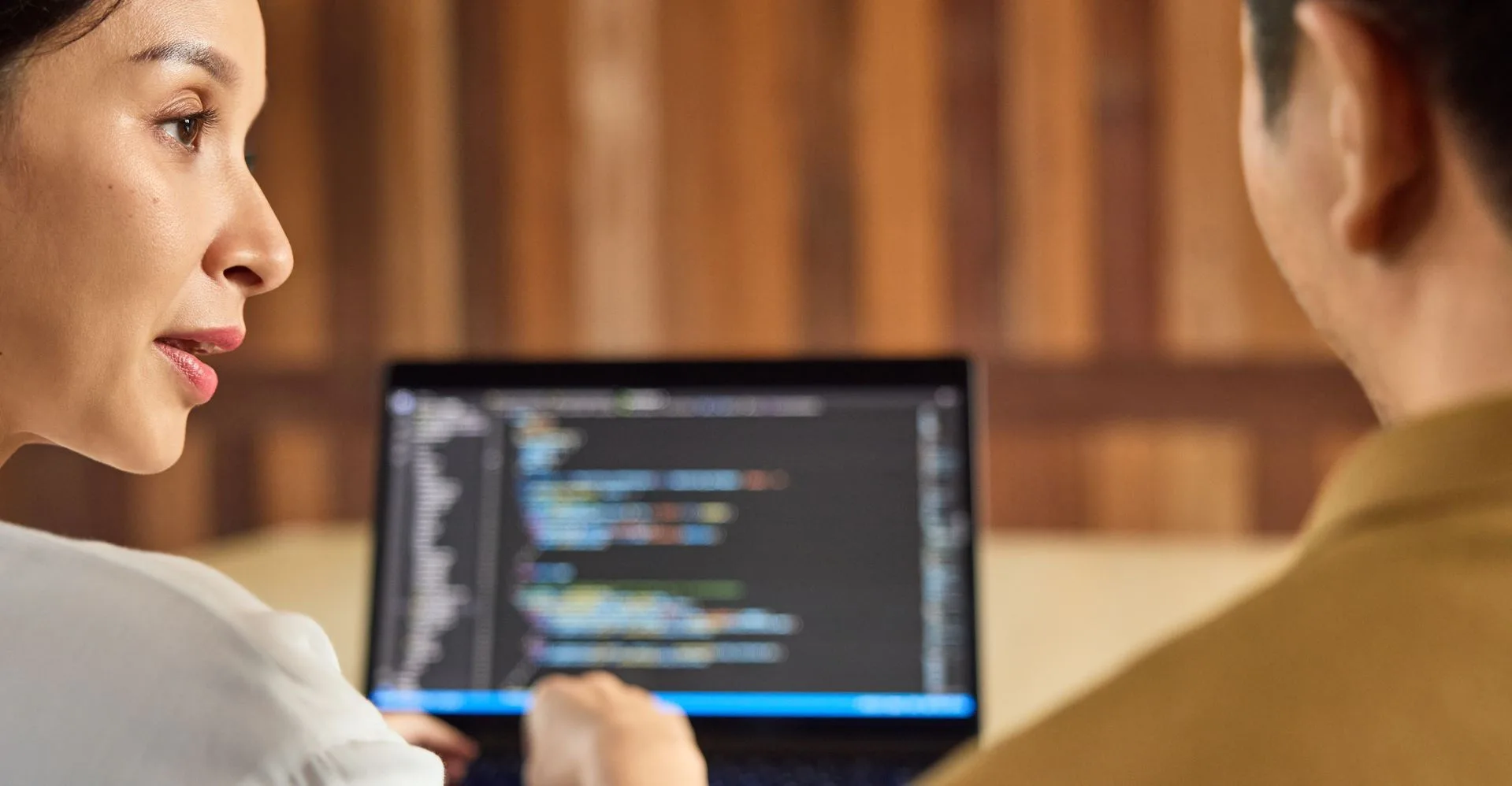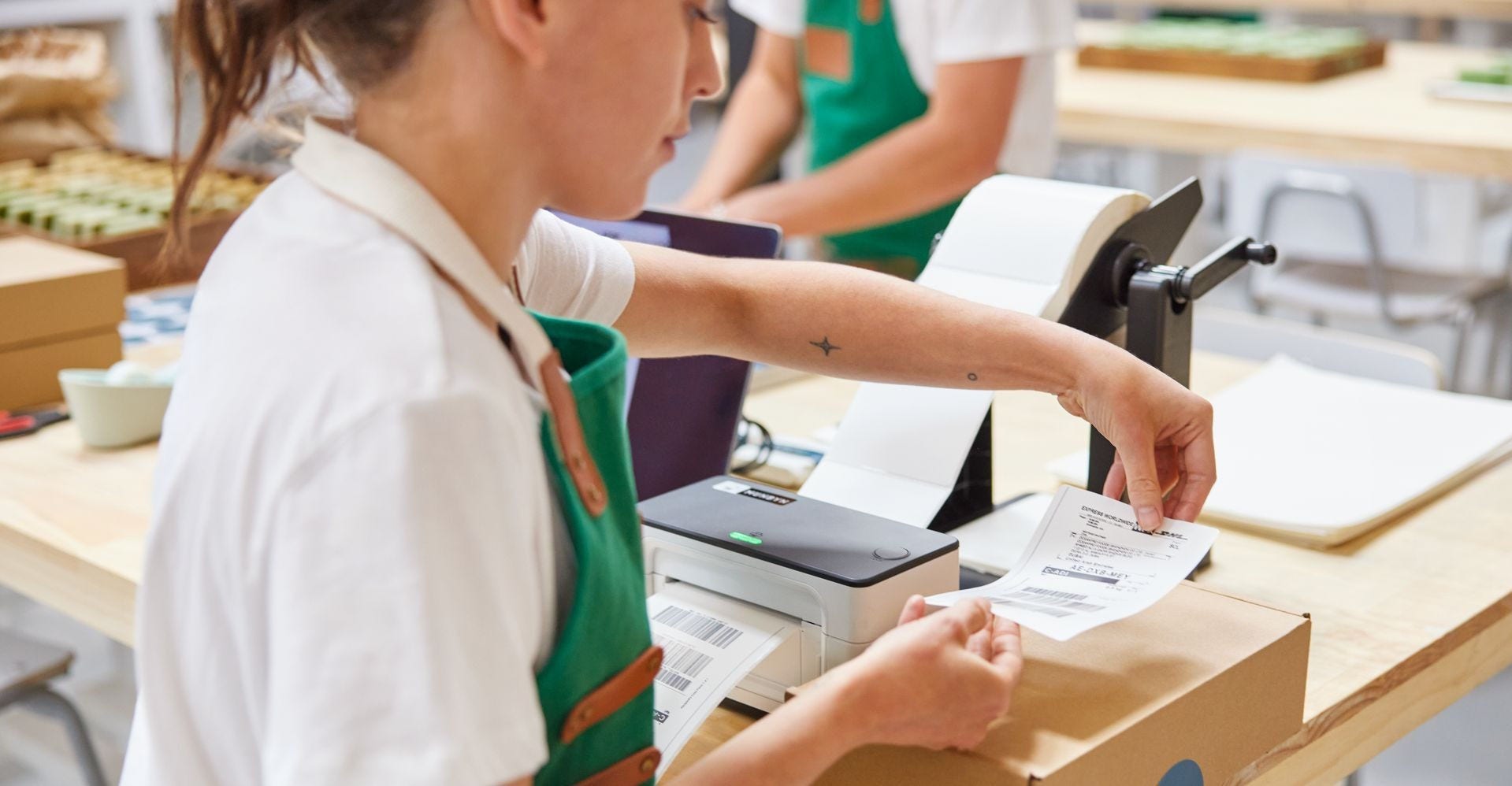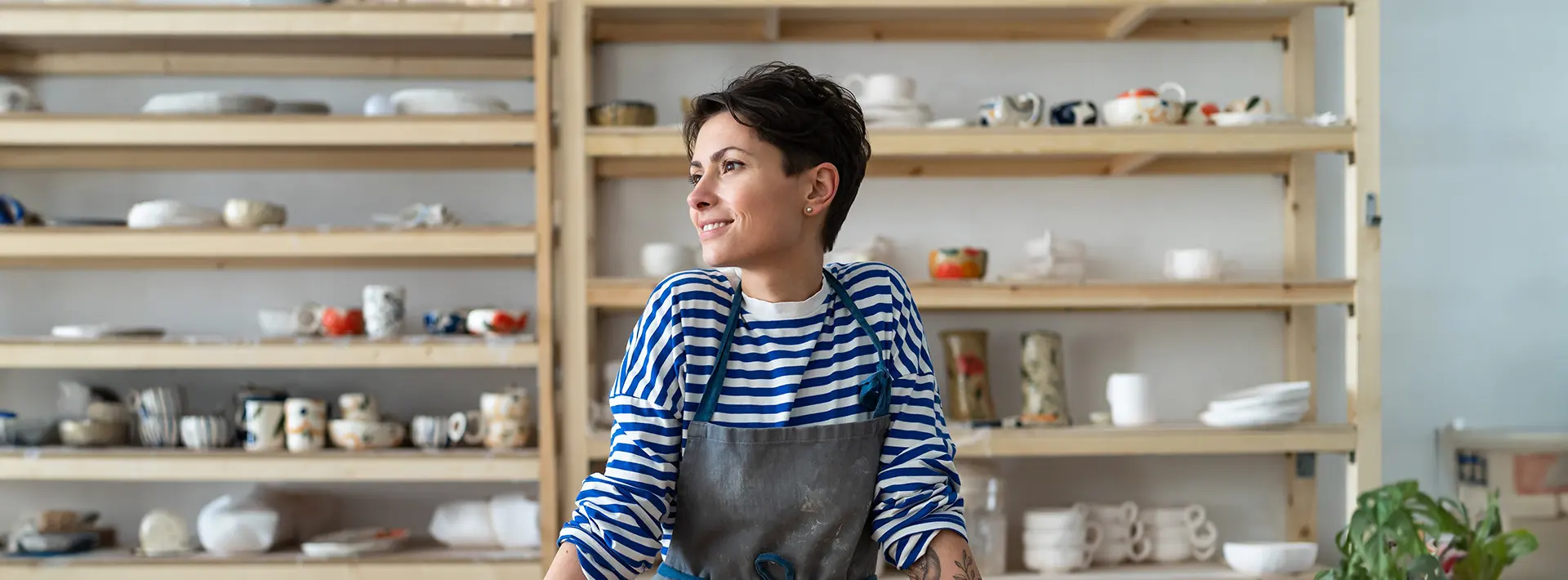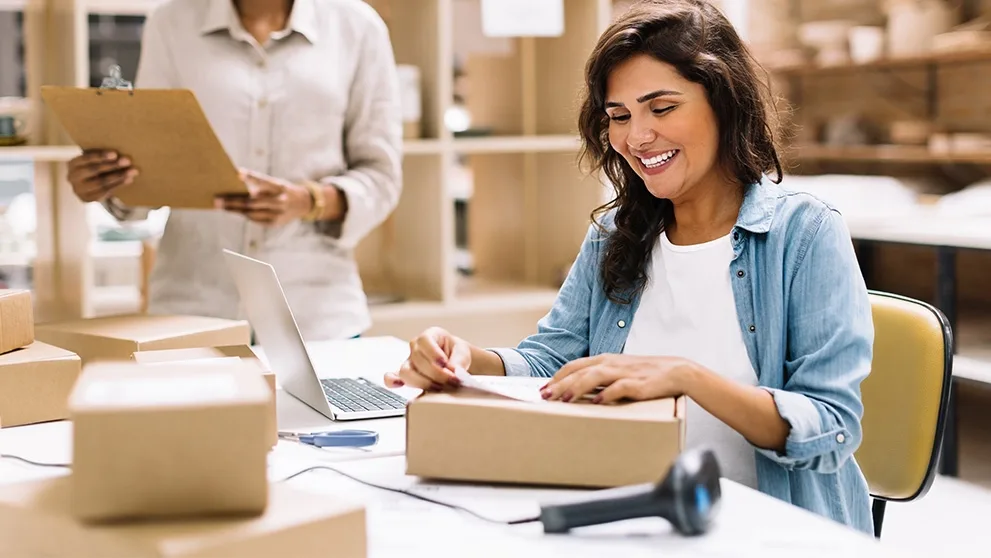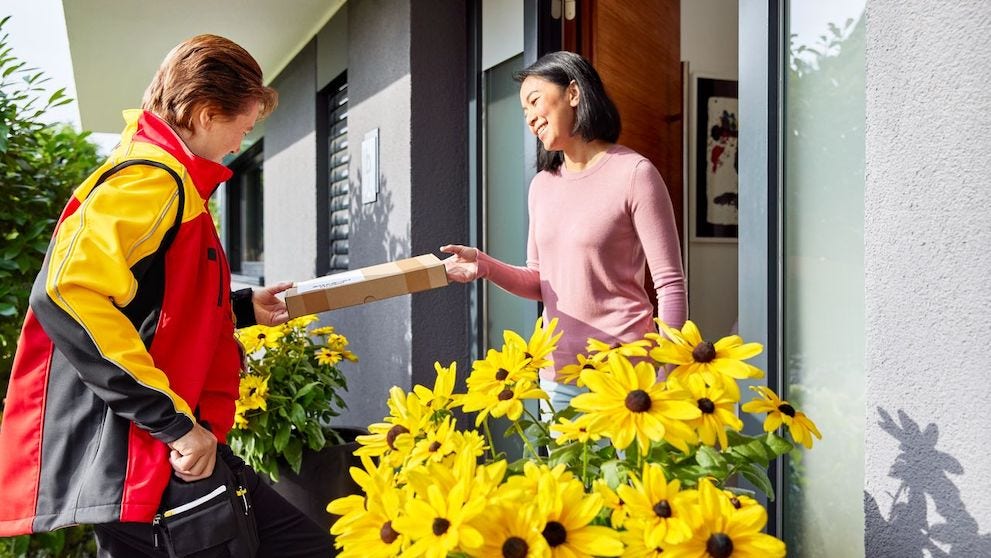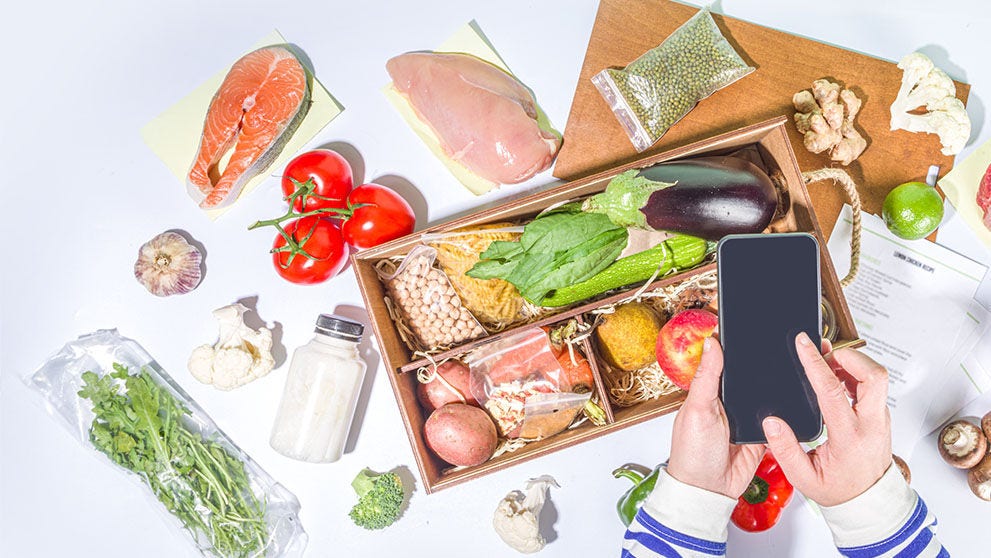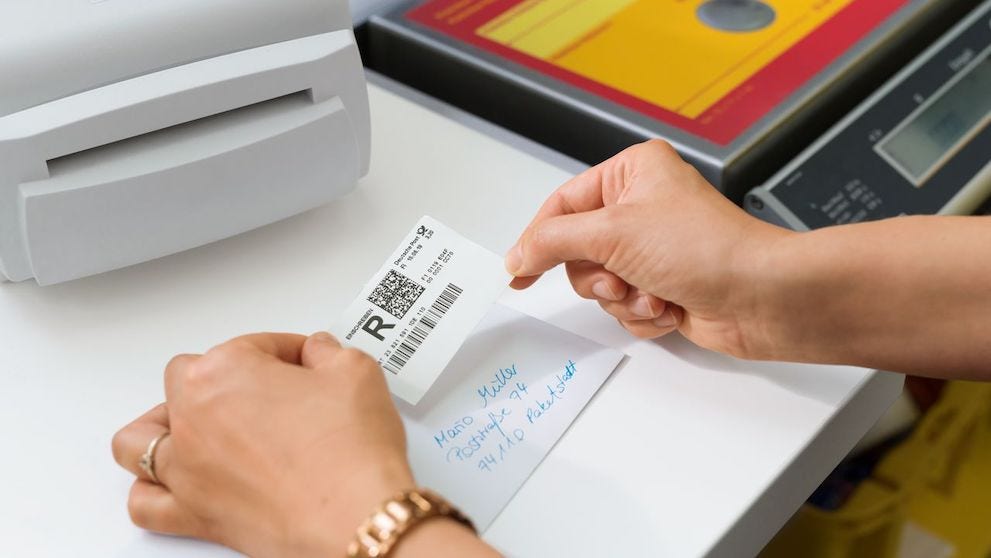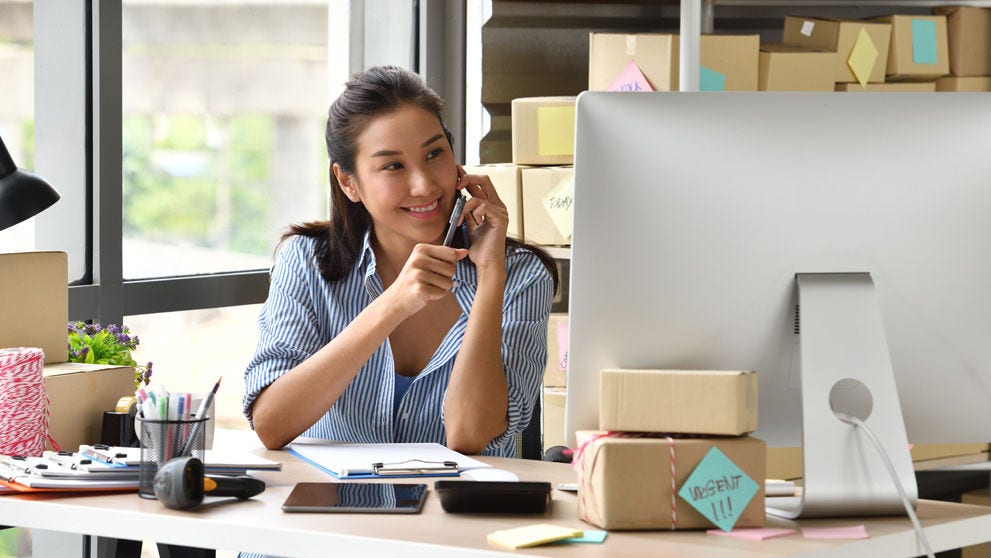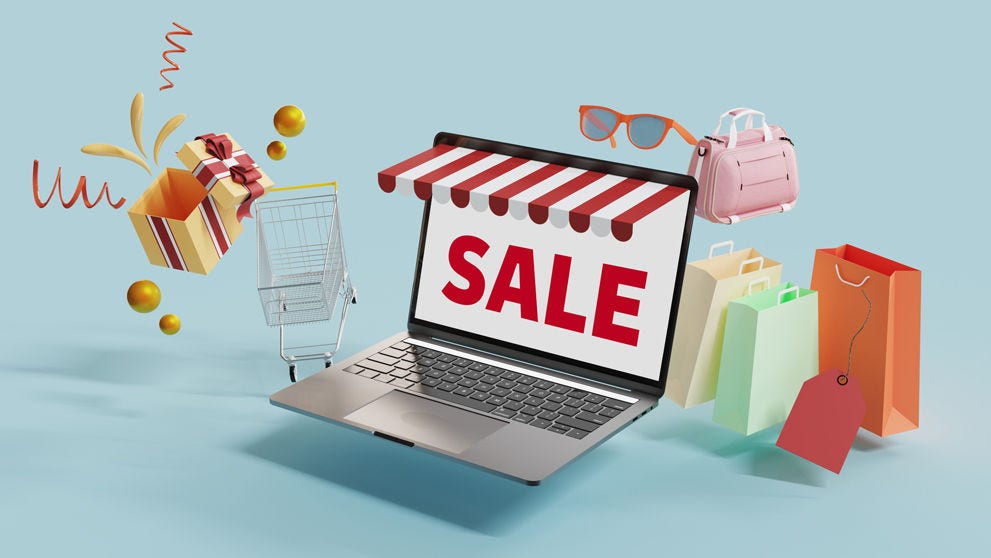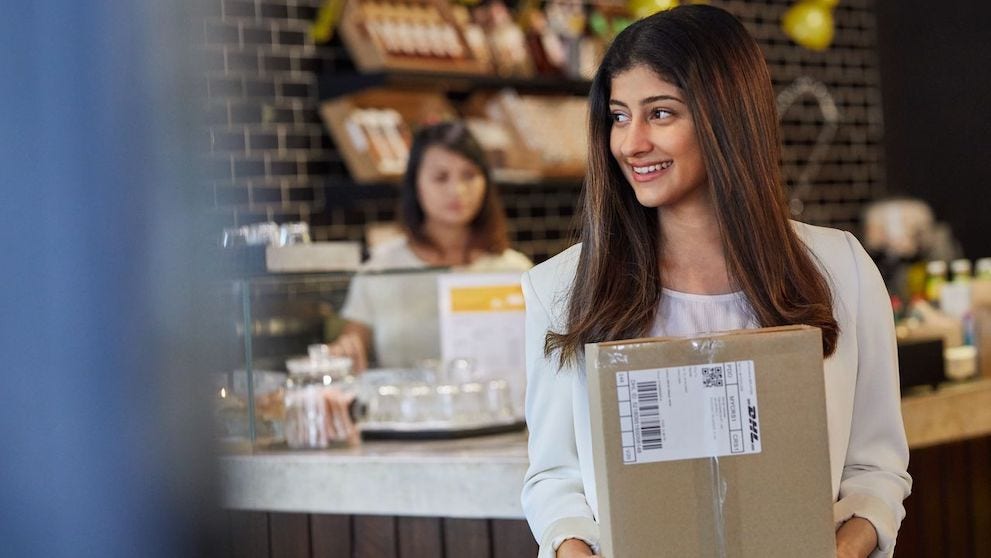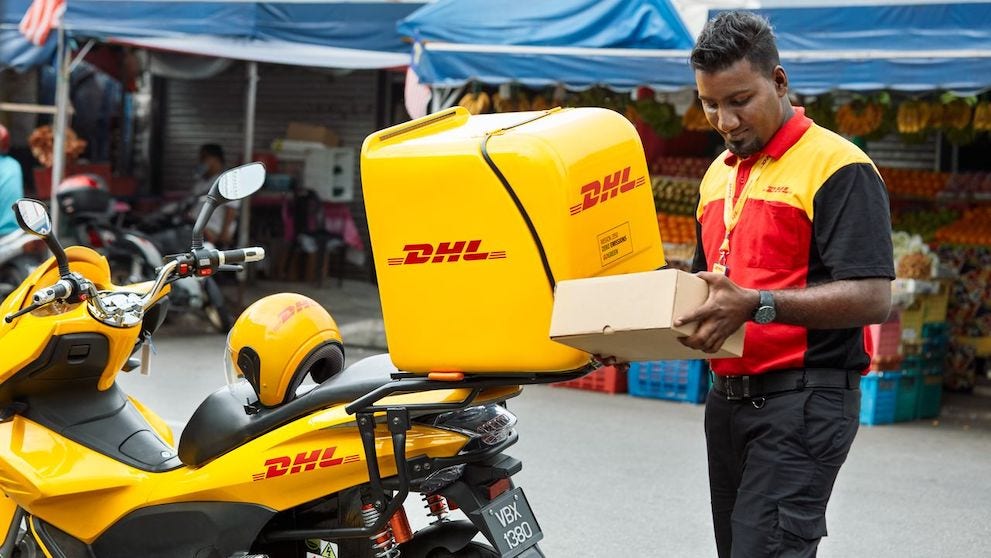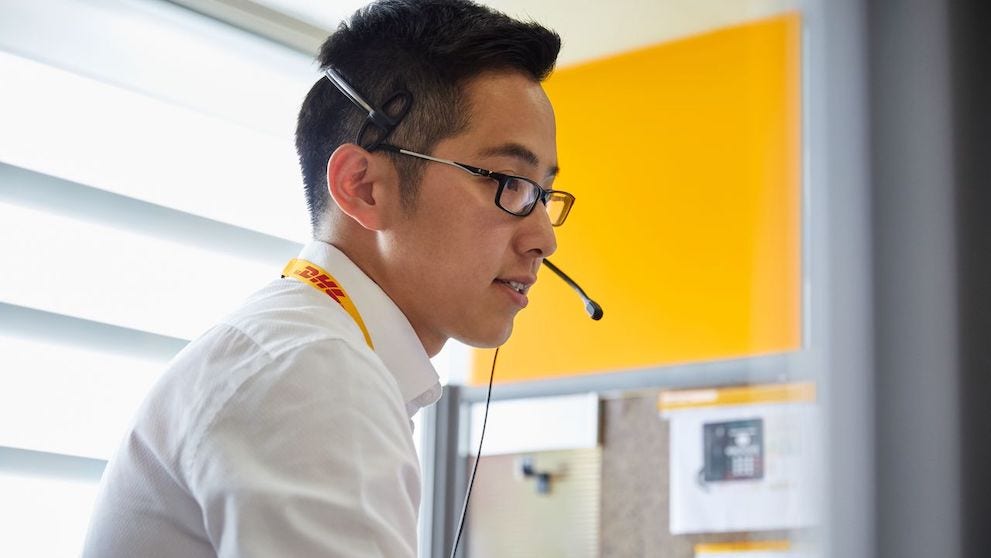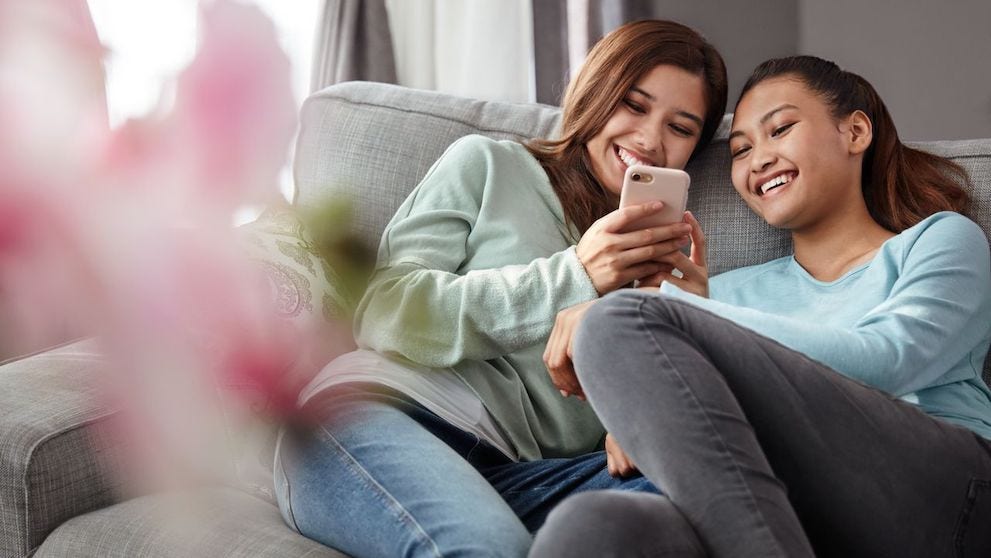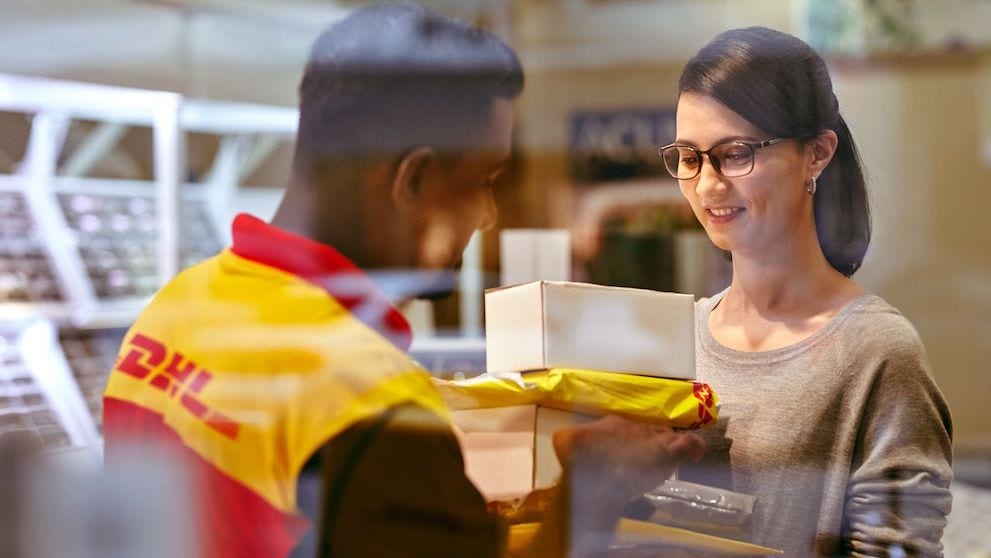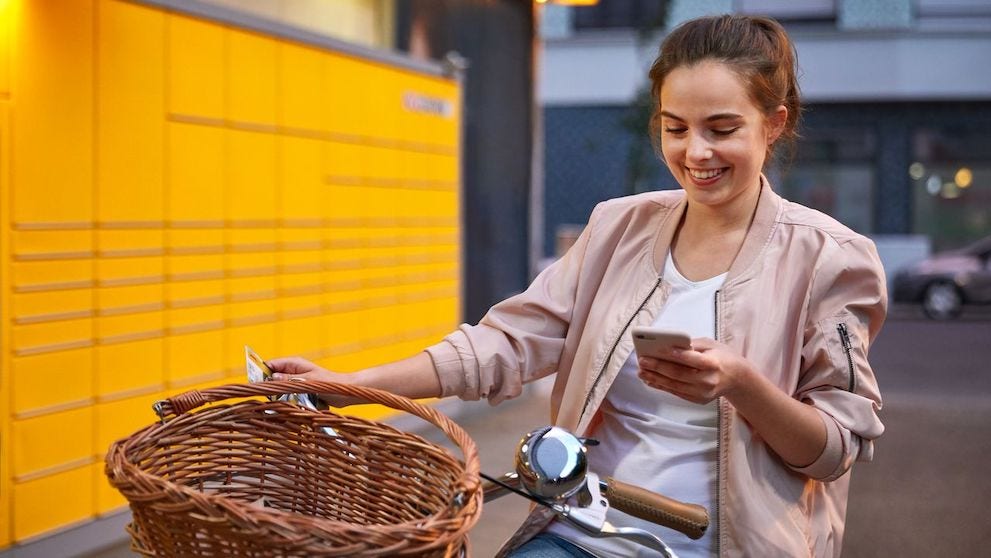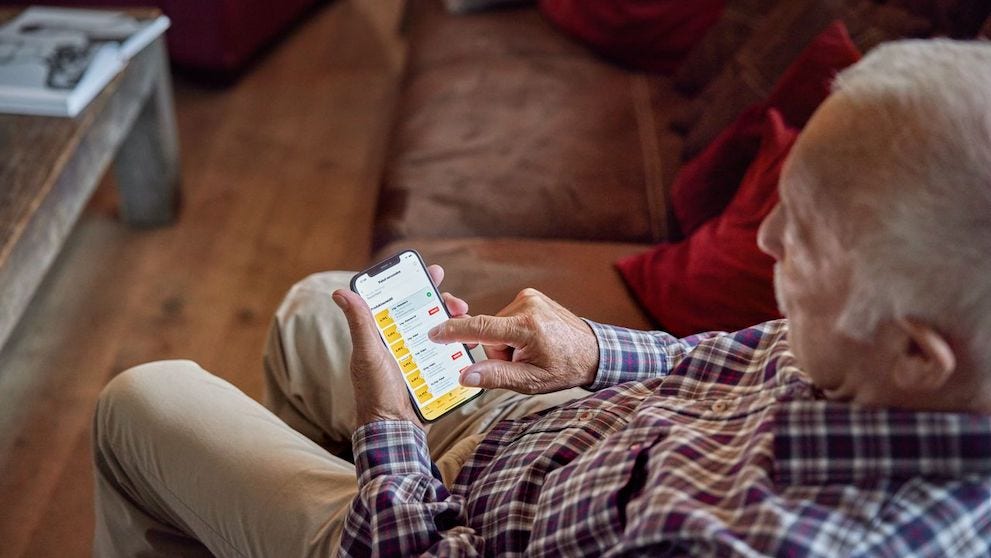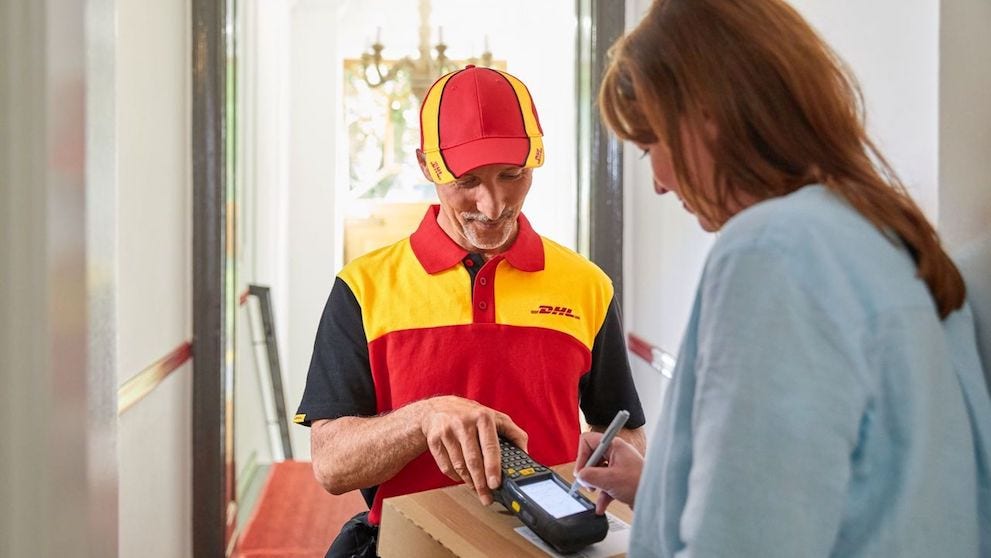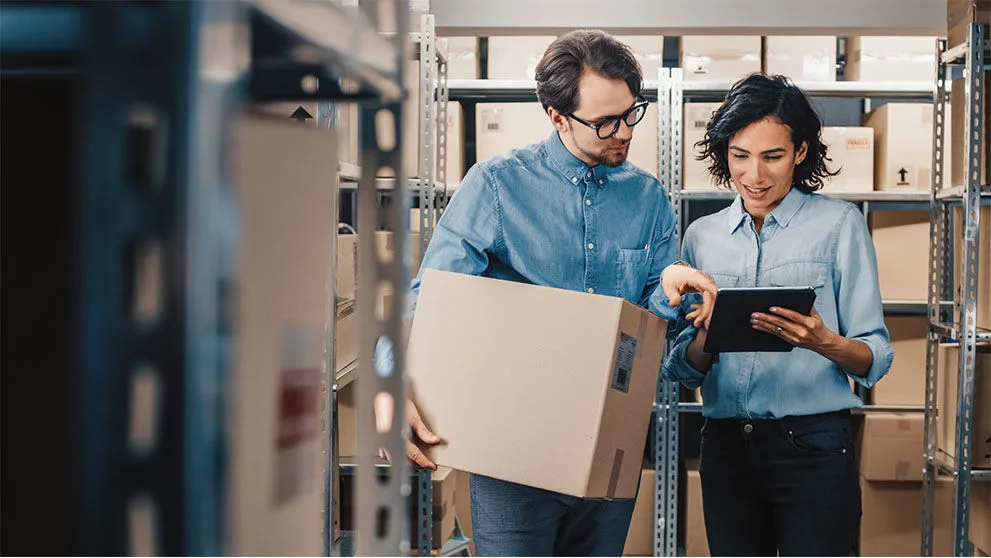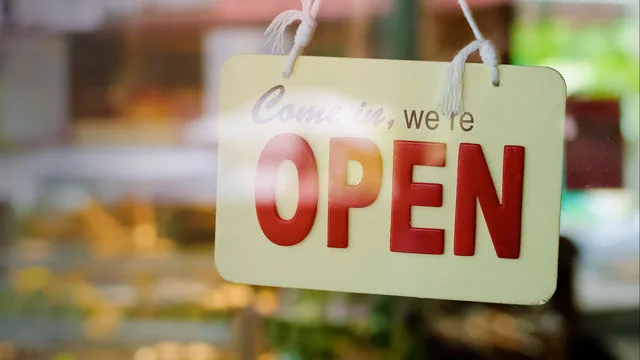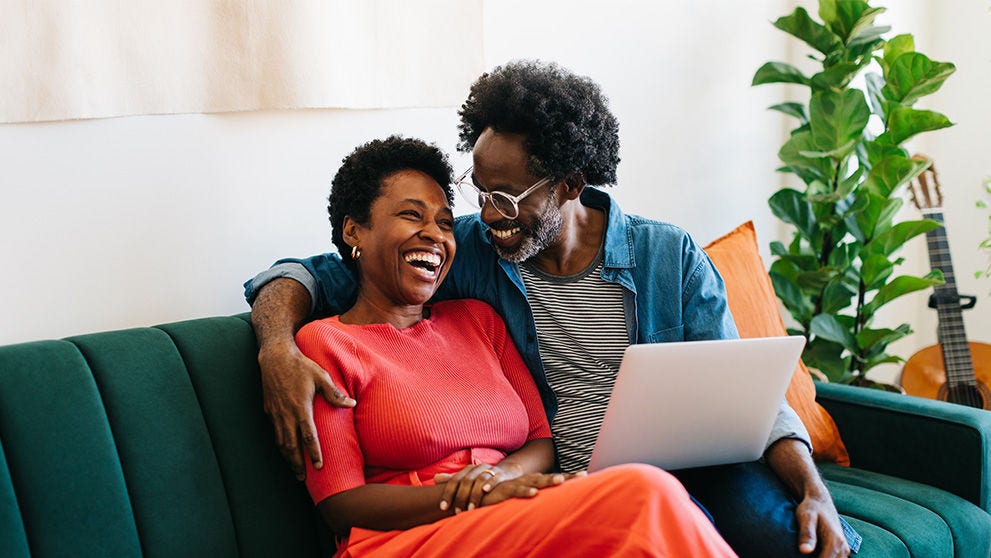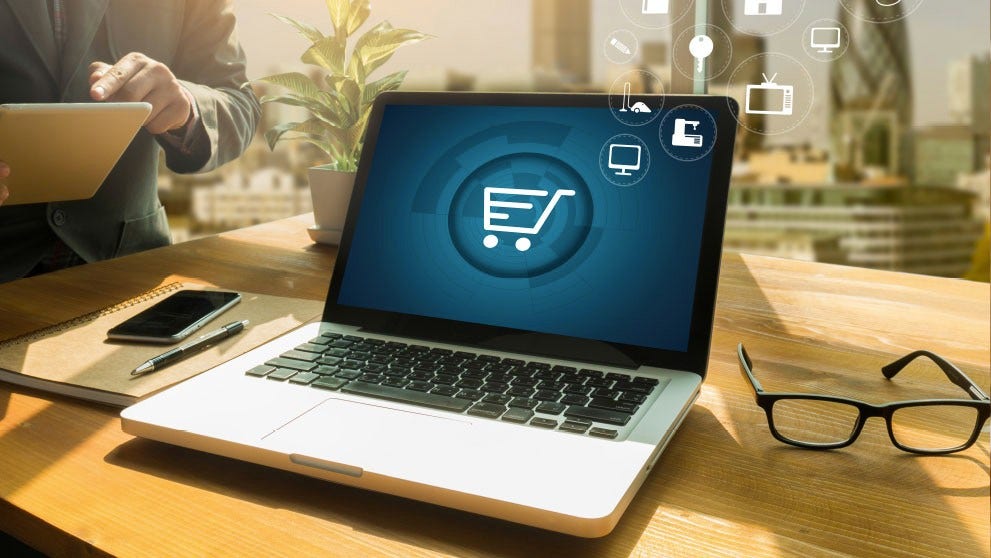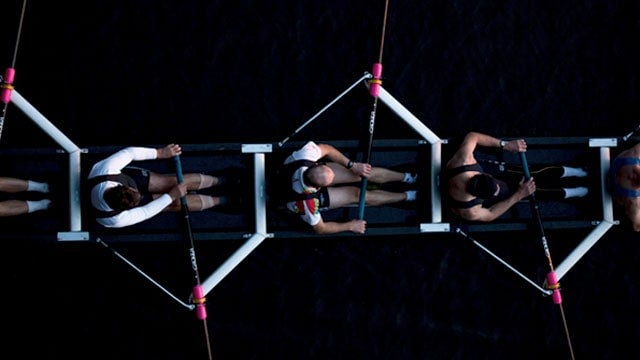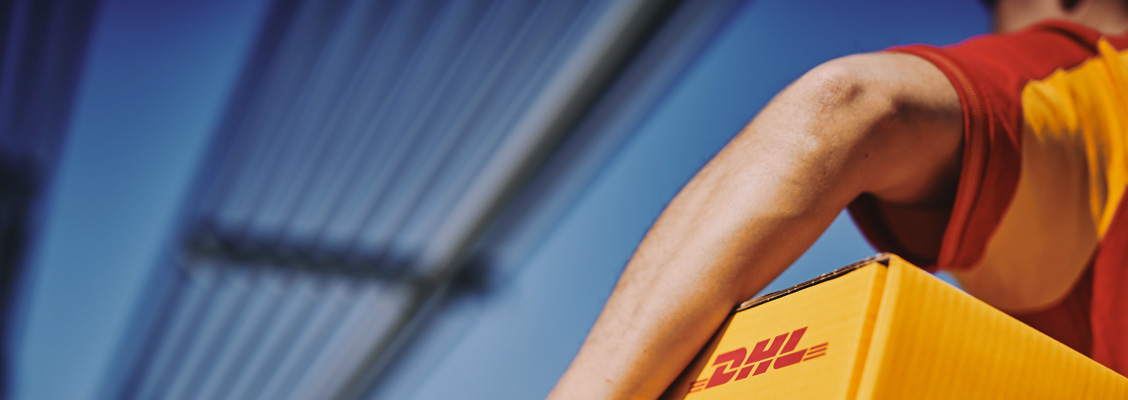
The Philippines' e-commerce market is expanding by approximately 400% over the past five years, making it the second-fastest-growing worldwide. While various factors contribute to this rapid expansion, customer satisfaction certainly plays a significant role.
Whether you’re shipping your products to local or international destinations, effective packaging to ensure that your goods arrive to your customers safely and enhance your brand image. From assessing item fragility and selecting the right packaging materials to achieving sustainable and returns-friendly designs, there are several ways you can protect your products.
Assessing your product before packaging
Before you select packaging boxes, you must first assess the nature of the product you are selling. However, this crucial step involves more than knowing what you sell. It also dictates the shipping strategy you’ll use to ensure that your items arrive safely at their destination.
For Filipino businesses, this involves several local and international shipping considerations:
- Weight, fragility, and value: A delicately handcrafted Lapu-Lapu City guitar or a piece of Abél-Ilóco textile will require different levels of protection than a jar of laing paste or gourmet tuyo. Also, high-value goods, such as electronics or jewelry, necessitate robust outer and inner protection to protect your investment.
- Climate and controlled conditions: Given the Philippines' tropical climate, products like specialty coffee beans or natural beauty items must be protected from humidity and temperature fluctuations during transit. Make sure that the packaging materials you choose can maintain the integrity and quality of your goods.
- Dangerous Goods classification: Be aware of items classified as dangerous goods, even common products like perfumes (flammable liquids), hand sanitizers, lithium batteries in electronics, or even dried coconut (copra) due to its oil content. If you’re shipping overseas, make sure to check the Bureau of Customs for the list of regulated goods to confirm if your goods require specialized packing and handling1.
- Budgeting for packaging: Remember that the cost of high-quality packaging for shipping must be factored into your product pricing. At the same time, investing in the right materials, while an expense, is far cheaper than dealing with returns, refunds, or damage claims, which directly impact your brand reputation.
Choosing the right packaging materials
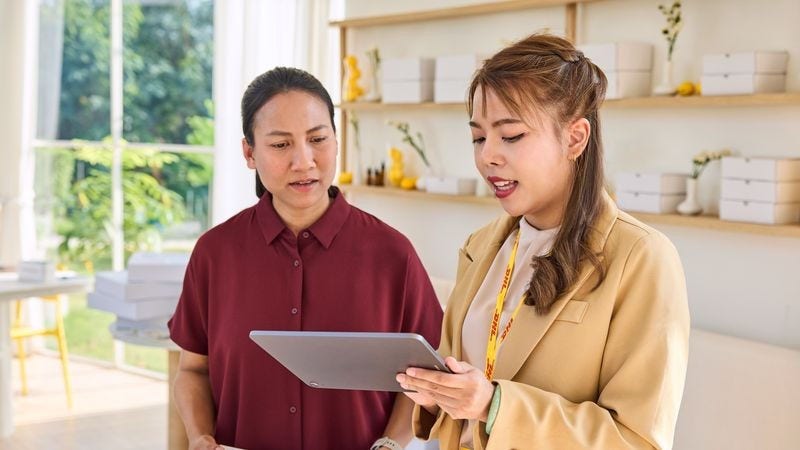
Selecting the proper packaging materials for shipping is just as crucial as the product itself. The right materials will protect your goods from shocks and vibrations during their journey, whether it's through international shipping or local delivery.
External packaging
The exterior container is your product's first and most important line of defense against the stresses of the logistics process. As such, it's vital to use high-quality, durable materials that can withstand rough handling, stacking pressure, and variable climate conditions.
When choosing packaging boxes for shipping, you should consider the following types of corrugated cardboard boxes readily available in the Philippines:
- Single-wall: These are best for lightweight, non-fragile items like apparel or soft goods.
- Double-wall: Since these offer superior protection and rigidity, they’re ideal for heavier or moderately fragile items like small electronics or preserved foods.
- Triple-wall: These boxes provide maximum strength for very heavy, large, or highly valuable shipments, making them the sturdiest packaging option.
Internal packaging
Once you have your exterior container, the goal is to secure your product inside and prevent movement, which causes breakage. You can choose from several effective materials to achieve proper packaging for shipping.
For cushioning, options include bubble wrap, air pillows, and foam wraps. To protect both your product and the planet, consider eco-friendly alternatives to traditional styrofoam, such as biodegradable air peanuts, shredded paper, or corrugated inserts.
Protecting your goods during transit
Even with the best packaging boxes for shipping, damage can still occur if the items inside are not properly secured for movement and shock. The key to successful delivery is creating a buffer zone that isolates your product from the outer walls of the box.
To achieve superior protection and ensure proper packaging for shipping, follow these steps:
- Wrap items individually: Each product should be wrapped separately, ideally using bubble wrap or foam, to prevent surface friction and to absorb shock and vibration damage that occurs during transport.
- Utilize dividers for multiple products: When you pack multiple small items for shipping, use cardboard dividers or custom corrugated inserts to separate them, preventing them from colliding and breaking one another.
- Position items strategically: Ensure the product is placed in the middle of the box, completely surrounded by adequate padding (at least 5 cm on all sides). This keeps the product away from the box's most vulnerable areas.
- Special care for fragile Filipino goods: When shipping fragile Filipino items like delicate Capiz shell handicrafts, glassware, or small electronics, double-box them. This means placing the primary box inside a slightly larger, secondary box with added cushioning in between.
Making packaging returns-friendly
If you’re selling your products online, you know how brutal Filipino customers can be in the comments and reviews sections. To ensure a positive customer experience, repeat business, and loyalty, you also need to focus on providing hassle-free returns. Moreover, your packaging for shipping should support this process seamlessly.
To create a returns-friendly experience, consider the following:
- Design easy-to-open and re-sealable boxes: Use tear-strip openers for convenience and ensure the packaging boxes can be easily and securely re-sealed using a secondary adhesive strip or a simple tab-and-lock mechanism. This prevents the customer from struggling to find new packaging materials for shipping the item back.
- Include clear return instructions and labels: Place a printed return label and concise instructions inside the box. Customers shouldn't have to search your website or e-commerce platform to initiate a return.
Sustainable packaging options for Filipino businesses
Sustainability is no longer a trend but more of a priority for Filipinos. 61% of local consumers actively adopt sustainable practices when purchasing items, and a significant 81% are willing to pay more for sustainable options2. This demonstrates that learning how to package items sustainably and using eco-friendly materials can enhance your brand appeal and align with consumer values.
To meet this demand, consider transitioning your shipping packaging toward sustainable alternatives. For example, you can replace traditional plastic with biodegradable air peanuts, recycled cardboard, and corrugated bubble wrap.
Also, consider sourcing locally recycled materials, as this reduces your carbon footprint and can lower packaging costs.
Additional considerations for international shipping from the Philippines
When you engage in international shipping, compliance is essential for avoiding customs delays. Here are key steps to streamline your process:
- Choose the right box size: An oversized box increases the dimensional weight, which can unnecessarily inflate your shipping costs. Conversely, a box that is too small can lead to product damage.
- Calculate compliance: Utilize DHL Express resources, like the Global Trade Services, to accurately calculate customs duties, taxes, and ensure import/export compliance for your destination.
- Ensure correct codes and documentation: Always verify the correct Harmonized System (HS) codes and documentation to facilitate smooth clearance.
Partnering with DHL Express for shipping in the Philippines
While ensuring proper packaging for shipping your products is the first step, reliable local and international logistics is the key to growing your business. When you choose DHL Express, you get access to end-to-end solutions that elevate your service, from expedited shipping options to tailored logistics support.
Plus, we offer real-time tracking so you and your customers always know the status of your deliveries.
Ready to streamline your supply chain and deliver excellence? Open a DHL Express business account today to access preferential rates and dedicated support to simplify your packaging and shipping process in the Philippines.
